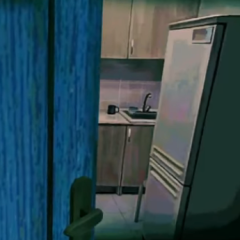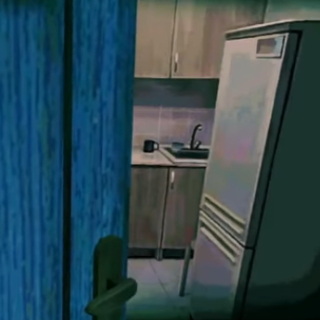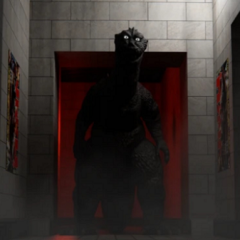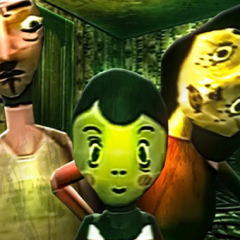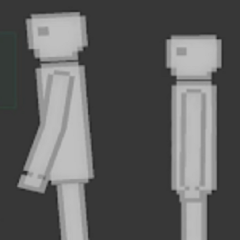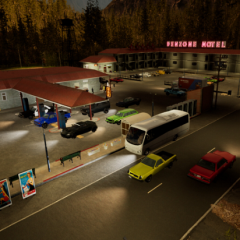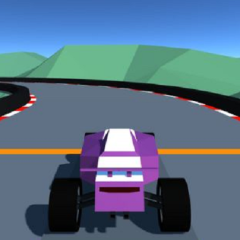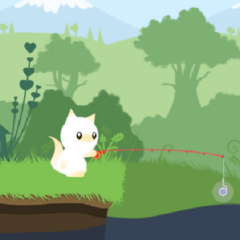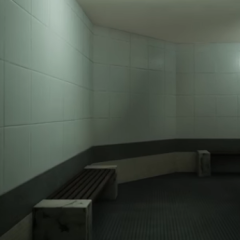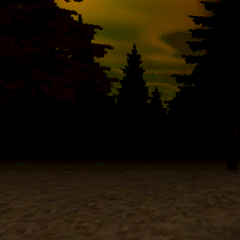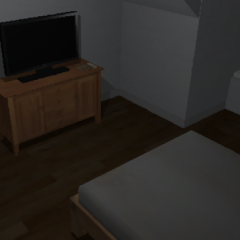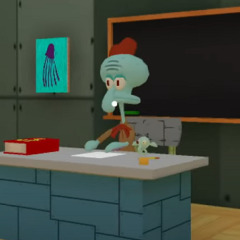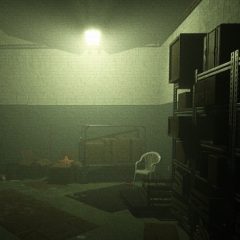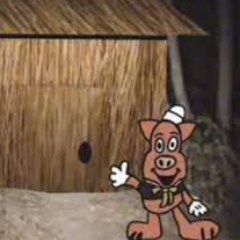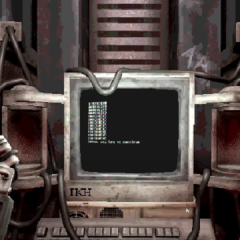No I’m not a Human places the player in a closed interior during a global emergency caused by intense solar radiation. The character remains inside a shelter, receiving visits from strangers each day. These individuals may be human or disguised entities known as Visitors. The player’s task is to interact with them, observe details, and decide whether to allow them inside. The wrong decision may have immediate or delayed consequences for the group.
Risk Assessment and Limited Actions
The player has access to a few tools to evaluate each guest, such as observation, limited dialogue, or physical inspection. These actions consume energy, which must be used carefully to last through the day. Certain signs can suggest a visitor is not human, but not all indicators appear at once. Each day, the number of visitors increases, and the possibility of error rises. Mistakes can lead to harm, even if intentions are cautious. Refusing all guests is not a guaranteed solution, as it may trigger other events.
Game Elements and Mechanics
Key systems include:
- Visitor analysis based on visible traits and behavior
- Energy points that control how many actions can be used per day
- Dialogue choices with branching results
- Randomized guest traits to prevent predictable outcomes
- Consequences for both acceptance and rejection of individuals
These elements work together to create a cycle of risk, deduction, and tension.
Environment and Sound Use
Most of the game takes place in a single room with limited interactivity. The setting does not change much visually, but the atmosphere shifts based on time of day, incoming threats, and player decisions. Sound design plays a key role in signaling danger, with subtle cues warning about changes or indicating a wrong choice. There is no music, and most feedback comes from footsteps, radio messages, or breathing. This approach reinforces the game’s reliance on mental pressure instead of action.
Development and Availability
The game was released as a demo version with feedback collected during limited testing phases. It has received attention for its unique structure and minimal interface. The full version is planned for release in late 2025. Developers have shared intentions to expand the list of visitor types, add new endings, and introduce alternative starting conditions. The game is distributed through digital platforms and does not require high system specifications, making it accessible to a broad range of players.

